If you are passionate about cars and the history of the Brazilian automobile industry, you have certainly heard of VW Apollo. This model, produced between 1990 and 1992, is a unique example of the collaboration between giants Volkswagen and Ford during the Autolatina era. Today, we will explore all the details of this mid-size sedan that marked an era, featuring a modern design, robust mechanics and a sporty appeal that made it a desired model at the turn of the 1990s.
The beginning of a bold project: Apollo and Autolatina
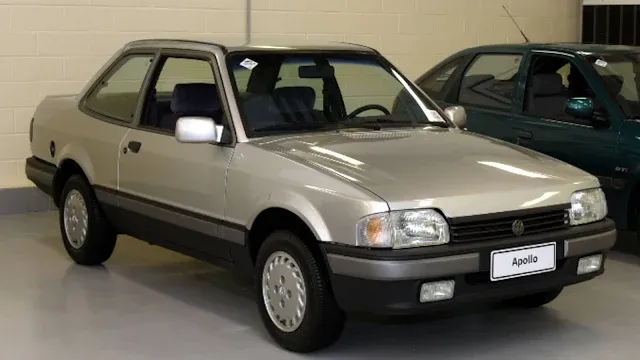
O Apollo was born at a peculiar time in the Brazilian automobile industry. In the late 1980s, Volkswagen and Ford decided to join forces to face the challenges of the market, creating the joint venture Autolatina. This agreement allowed both brands to share platforms, engines and technologies, resulting in models that combined features from both companies. It was in this context that the Apollo, developed with the platform of Ford Verona, but with characteristic touches of Volkswagen engineering and design.
The name Apollo was carefully chosen, inspired by the Greek god of light, arts and music, as well as making reference to the American space program that culminated in man's arrival on the moon. Before being named Apollo, the internal project was called Nevada, demonstrating from the beginning the intention to create an ambitious and innovative vehicle.
Design: clean, modern lines
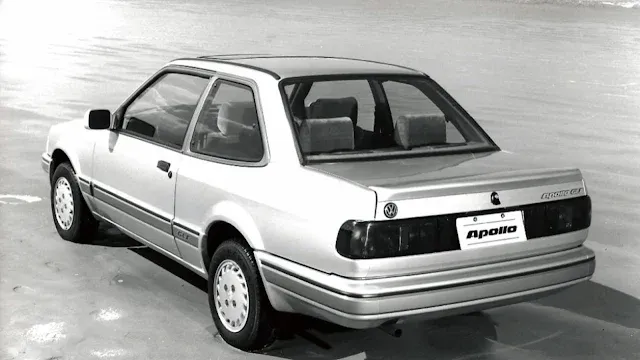
One of the most striking features of the Apollo was its design. Positioned between the Volkswagen Voyage and Volkswagen Santana, the Apollo was a two-door, three-box sedan with sleek lines modern and clean, which eliminated traditional elements such as the roof gutter and windbreak. This approach gave the model a more aerodynamic and elegant look, something rare in its category at the time.
You windows flush with the bodywork were another differential that reinforced its contemporary appeal. In addition, the Apollo offered a generous trunk with capacity for 570 liters, ideal for families or those who need extra luggage space. Even today, this feature is still impressive when compared to many modern mid-size sedans.
Mechanics: sporty and reliable soul
Under the hood, the Apollo featured the famous AP 1800 engine, one of the most recognized for its reliability and performance. With 105 hp when fueled with ethanol and 92 hp with gasoline, the Apollo offered agile performance, especially considering its positioning as a mid-size sedan. The transverse engine position and the independent suspension system on both axles (McPherson type) guaranteed precise handling and ride comfort.
With this mechanical set, the Apollo catered to both the public looking for economy and those who wanted a touch of sportiness in a sedan. This versatility was one of the reasons for the model's initial success in the Brazilian market.
Versions and equipment: GL, GLS and the special VIP series
Apollo was released in two main versions: GL It is GLS. Both had a good level of finish and equipment for the time, including items such as green glass, adjustable rear-view mirrors and a folding rear seat. In the version GLS, the model stood out even more with additional elements, such as power steering and air conditioning, which were considered luxuries in the early 1990s.
In 1991, Volkswagen introduced the special series VIP, which featured exclusive finishing details and an even more sophisticated design. This limited edition reinforced the Apollo's distinctive character, making it a desirable item for those looking for an unusual model.
Production and legacy: a unique model
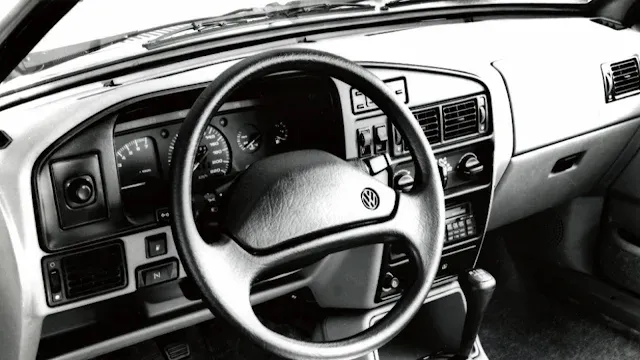
O VW Apollo had a short trajectory, being produced until 1992 at the Volkswagen factory in Anchieta, São Bernardo do Campo. During its two years of existence, more than 50 thousand units, which shows that the model was well accepted in the market, despite its coexistence with other sedans of the time.
Interestingly, a specimen of 1992, taken directly from the production line, was preserved as zero kilometer and is currently part of the Volkswagen Brazil Collection. This care demonstrates the historical importance of Apollo within the brand’s trajectory in the country.
Why was Apollo discontinued?
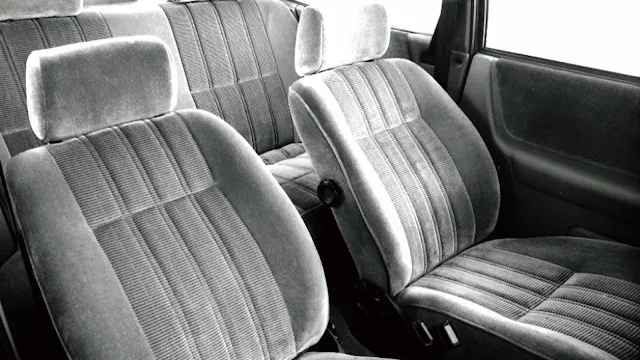
Despite its merits, the Apollo faced significant challenges. Its main difficulty was the fact that it was positioned in an extremely competitive segment and had to coexist with other Volkswagen models, such as the Voyage and the Santana. In addition, the end of the Autolatina, in 1996, sealed the fate of many vehicles developed jointly by the two brands.
Even so, the Apollo left an important mark by showing how collaboration between two industry giants could result in a model that combined the best of both worlds: Volkswagen's design and Ford's mechanical robustness.
Historical value and current market
Today, the VW Apollo It is considered a rarity in the classic car market in Brazil. Although it has not achieved the iconic status of other models of the time, it has a special appeal among brand enthusiasts and collectors of vehicles from the Autolatina era.
Prices vary depending on the state of conservation and originality. A well-preserved specimen can be found for between R$ 20 thousand and R$ 40 thousand, while rare editions, such as the VIP series, can exceed this range depending on demand.
Conclusion: an icon of its time
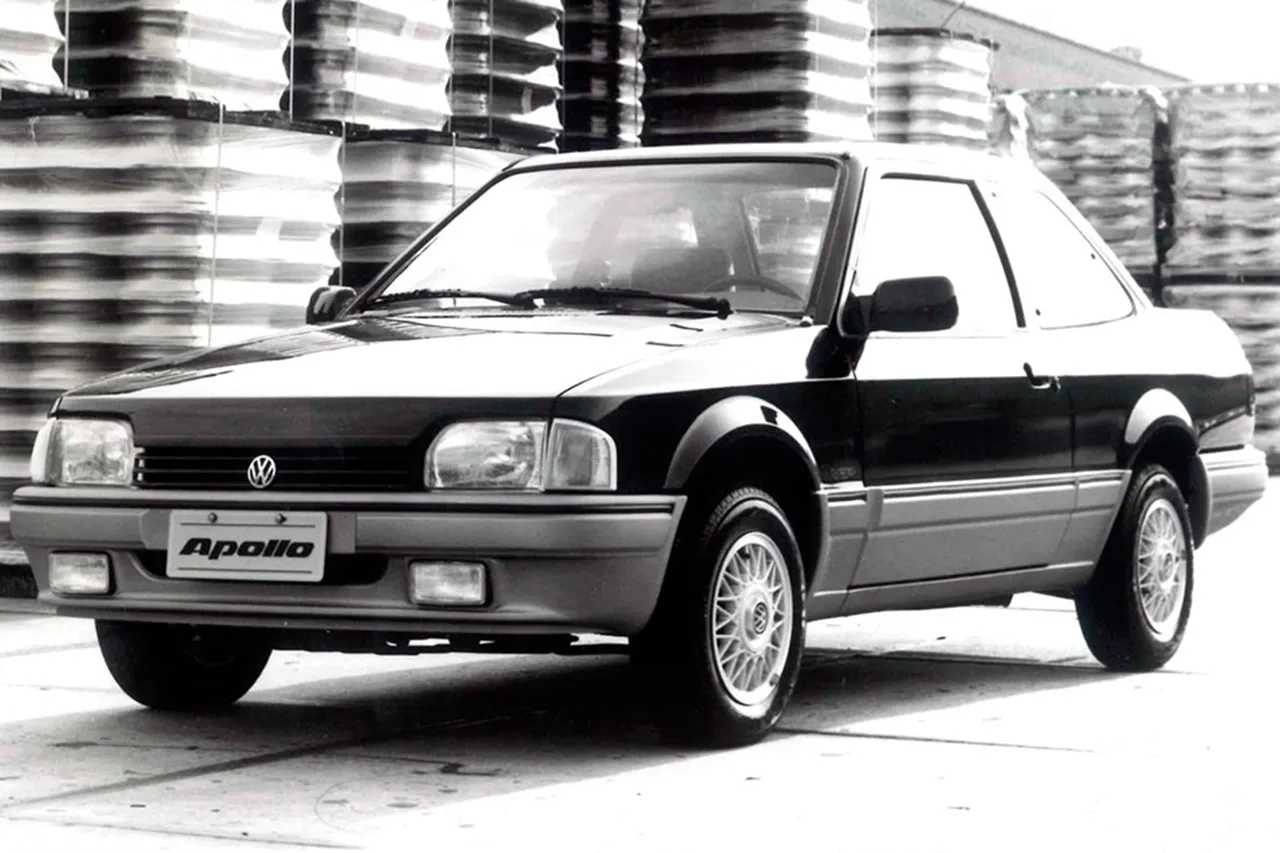
O VW Apollo was more than just a mid-size sedan. It represented an era of experimentation and collaboration in the Brazilian automotive industry, bringing unique features and a design that stood out in its time. With its name inspired by Greek mythology and space exploration, it still carries an aura of innovation and boldness to this day.
If you are a fan of historic cars, the Apollo deserves a place on your list of iconic models. It is an example of how partnerships can create unique vehicles that leave a legacy for the industry and for car enthusiasts. After all, it is not every day that you come across a car with such a soul Ford It is Volkswagen heart, ready to conquer the roads and the memory of those who drive it.









